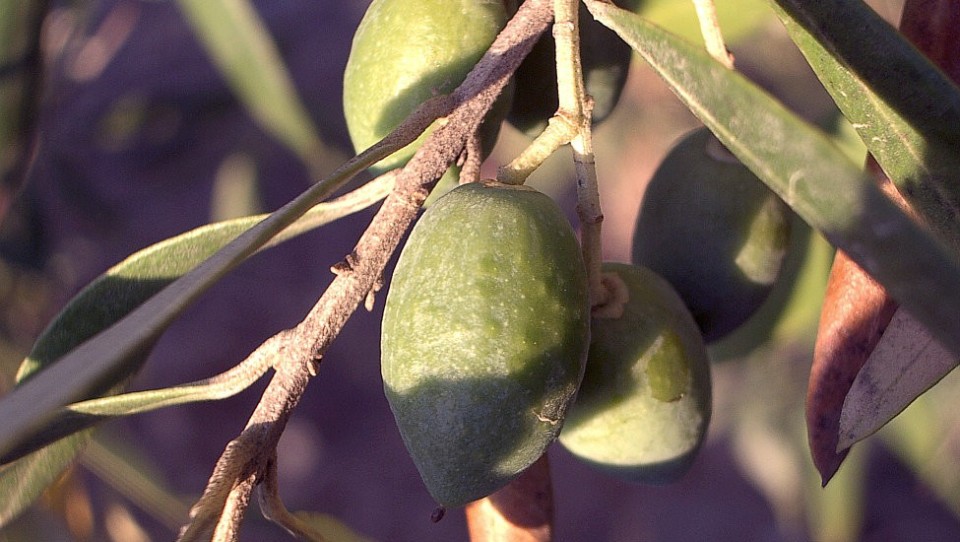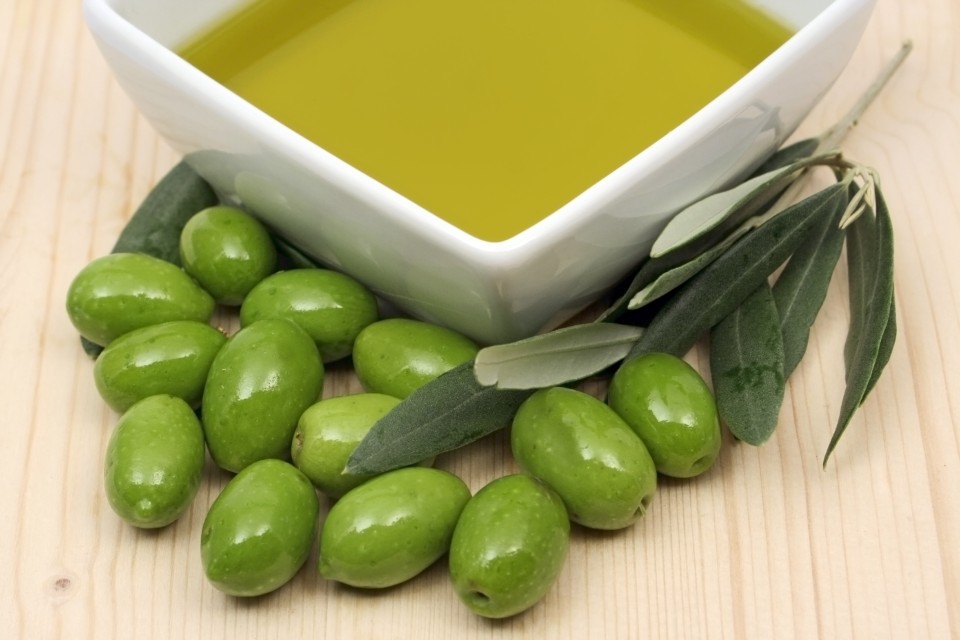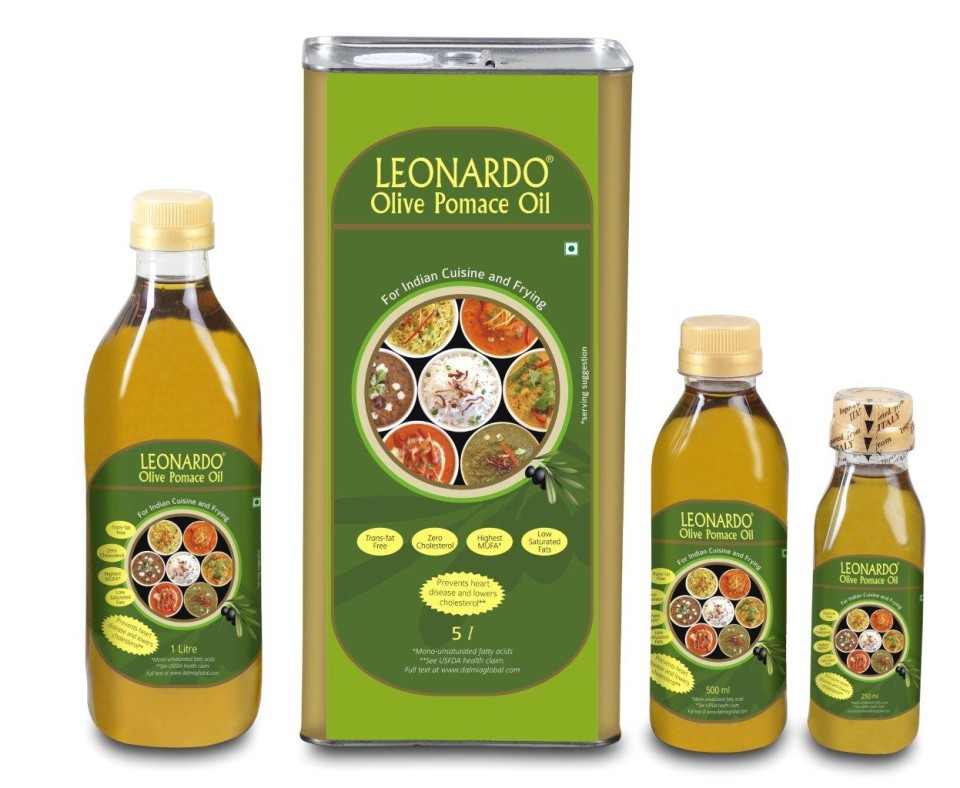Contents
If you’re like many people, you’re cooking with olive oil more than ever. But are you also more confused than ever by the options available — extra virgin, virgin, pure, light? It’s important to know the difference, as they vary in color, flavor, aroma, acidity, and nutrient content. The following is a guide to help you navigate the array of olive oils to understand the different varieties, the difference in qualities, and when to use which.
Native to Asia Minor, the olive spread from Iran, Syria, and Palestine. It was first domesticated in the Mediterranean basin about 6,000 years ago. Today, countries rimming the Mediterranean Sea are most renowned for their continued olive cultivation and olive oil production, but Chile, Argentina, Australia, New Zealand, and South Africa also produce olive oil, as do California, Arizona, and Texas in the United States.
Knowing the historical origins of olive oil is helpful, but knowing the location of origin (or provenance) of your olive oil can be even more essential to choosing the best-quality oil. Hundreds of varieties of olive trees exist, with their fruits varying in size, taste, oil content, ripening time, and other factors.
Different varieties produce distinct flavor characteristics, and the best way to familiarize yourself with these differences is to participate in olive oil tastings at gourmet food shops, farmers’ markets, or local groves, if you’re lucky enough to live near a producer.

When it comes to understanding the differences in olive oils made from different varieties and producers worldwide, look for three things:
Unlike wine, the flavor of olive oil does not improve with age: the fresher, the better. And the less time the oil sits on a store shelf, the better. One way to ensure freshness is to obtain your oil from a local source, if possible. The more traveling a bottle of olive oil has to do, the longer it takes to arrive on shelves.
When it comes to choosing which grade of olive oil to use when, consider how much olive flavor you’re looking for and the degree of heat you’ll be using with the oil. Read the following to help you make sense of the different grades.

Extra-virgin olive oil is simply the extracted juice of crushed olives. It should be free of defects, such as fusty, musty, or rancid flavors. It should taste of fresh ripe or green olives, with ripe fruit yielding buttery and floral notes and green fruit yielding more grassy, pungent, and pleasantly bitter notes. With its rich olive flavor, extra-virgin olive oil delivers the most health benefits, as it is derived from a cold-press, chemical-free process that preserves antioxidants and “good” fats as well as keeps acidity under 1 percent. Oil must meet very specific standards to warrant the “extra-virgin” label.
Use extra-virgin olive oil, often referred to as EVOO, for salad dressings and cold dishes; drizzled over fish, meat, and baked or roasted potatoes; and as a dip for bread, a condiment, or a base for homemade mayonnaise. Get creative with EVOO, pairing it with foods as you would with wine. Pair milder oils with mild foods and more robust EVOOs drizzled over tomatoes and recipes with more full-bodied flavors.
Like extra-virgin olive oil, virgin olive oil is also unrefined, using a heat- and chemical-free process similar to that of EVOO. Virgin olive oil is made from slightly riper olives, giving it a lighter, slightly less intense flavor and a higher acidity level of about 2 percent.
Use virgin olive oil for cold dishes, low-temperature cooking, and browning.
Also labeled as simply “olive oil,” pure olive oil blends refined and virgin oils. It’s still a product of the first press of olives, but heat is used in the extraction process, so it doesn’t retain as many antioxidants. It still offers the same healthy monounsaturated fats as EVOO, but it has a more neutral, less olive-y flavor.
Use pure olive oil for all-purpose cooking, baking, grilling, and roasting and sautéing meats and vegetables. Try it as a marinade with lemon juice and spices or as the oil in pasta, quinoa, whole grain, and potato salads.
Light olive oil is lighter in olive flavor but packs the same calorie count as other olive oils. It is a refined oil with a neutral taste and higher smoke point.
Lighter flavor makes it ideal for sweet and savory baking, but it also works well for sautéing, grilling, and frying. Substitute light olive oil for butter in cookies, muffins, pancakes, cakes, and tart crusts. If you like to make infused oils for salads, vegetables, or bread dipping, light olive oil is the variety to infuse, as the neutral flavor really absorbs the herb, spice, or fruit. You can also use it to grease grills, griddles, and pans before heating. Be cautious of overheating, however, as this oil will smoke at high temperatures.

Olive pomace oil blends refined oil chemically extracted from the fruit’s pulp after the first press with virgin olive oils fit for consumption as they are. Olive pomace is the lowest grade of olive oil; in fact, it cannot be labeled as olive oil.
For your taste buds’ sake and your health, avoid olive pomace oil. But if you inadvertently buy a bottle, you might use it make soap or to lubricate pans or grill racks.
Whichever olive oil you choose, it’s sure to make a healthy and delicious difference in your recipes. Enjoy!